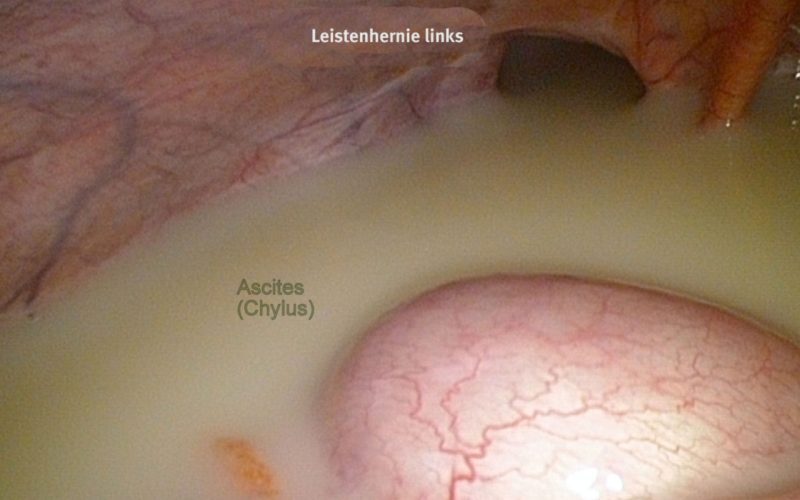Introduction
Understanding Chylous Ascites
Chylous Ascites refers to the accumulation of milky fluid rich in lymphatic components within the abdominal cavity. This condition, while rare, poses unique challenges in diagnosis and management. H. Sooki Hon, with a keen eye for health intricacies, elucidates the factors contributing to this phenomenon.
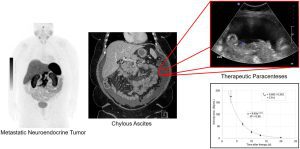
Causes of Chylous Ascites: Decoding the Triggers
Lymphatic System Disorders:
Disruptions in the lymphatic system, often arising from trauma or surgical interventions, can lead to the leakage of chyle into the abdominal cavity.
Malignancies:
Cancers affecting abdominal organs, such as lymphomas or abdominal tumors, may obstruct lymphatic vessels, resulting in Chylous Ascites.
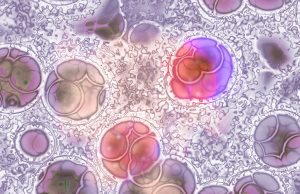
Infections:
Certain infections, particularly those impacting the lymphatic system, can contribute to the development of Chylous Ascites.
Liver Cirrhosis:
In rare cases, advanced liver cirrhosis can lead to increased pressure in the liver’s blood vessels, causing leakage of chyle into the abdominal cavity.
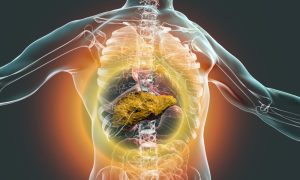
Symptoms of Chylous Ascites: Deciphering the Clues
Abdominal Distention:
The primary symptom involves noticeable abdominal swelling or distention, reflecting the accumulation of chyle in the abdominal cavity.
Difficulty Breathing:
The pressure exerted by the accumulated fluid may lead to compression of the diaphragm, resulting in difficulty breathing.

Nutritional Deficiencies:
Chyle contains essential nutrients. Its leakage may lead to nutritional deficiencies, manifesting as fatigue, weakness, or malnutrition.
Pain and Discomfort:
Individuals with Chylous Ascites may experience abdominal pain or discomfort, further impacting their quality of life.

Diagnosis and Treatment: Strategies for Managing Chylous Ascites
Imaging Studies:
Radiological imaging, such as CT scans or MRIs, plays a crucial role in visualizing the abdominal cavity and identifying the presence of chyle.
Paracentesis:
Analyzing fluid obtained through paracentesis helps confirm the presence of chyle and identify its composition, guiding treatment decisions.
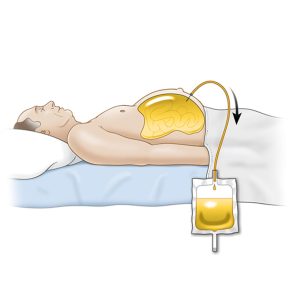
Dietary Modifications:
Adopting a diet low in long-chain triglycerides reduces the production of chyle, supporting conservative management.
Medications:
Drugs like somatostatin analogs may be prescribed to decrease chyle production and alleviate symptoms.
Surgical Interventions:
In severe cases or when conservative measures fail, surgical procedures may be employed to redirect or repair lymphatic vessels.

Living with Chylous Ascites: Nurturing Well-being
H. Sooki Hon emphasizes that individuals grappling with Chylous Ascites can nurture their well-being through regular medical follow-ups, adherence to prescribed treatments, and maintaining a balanced lifestyle. Informed health decisions, coupled with ongoing support, contribute to a more manageable and fulfilling life despite the challenges posed by Chylous Ascites.






